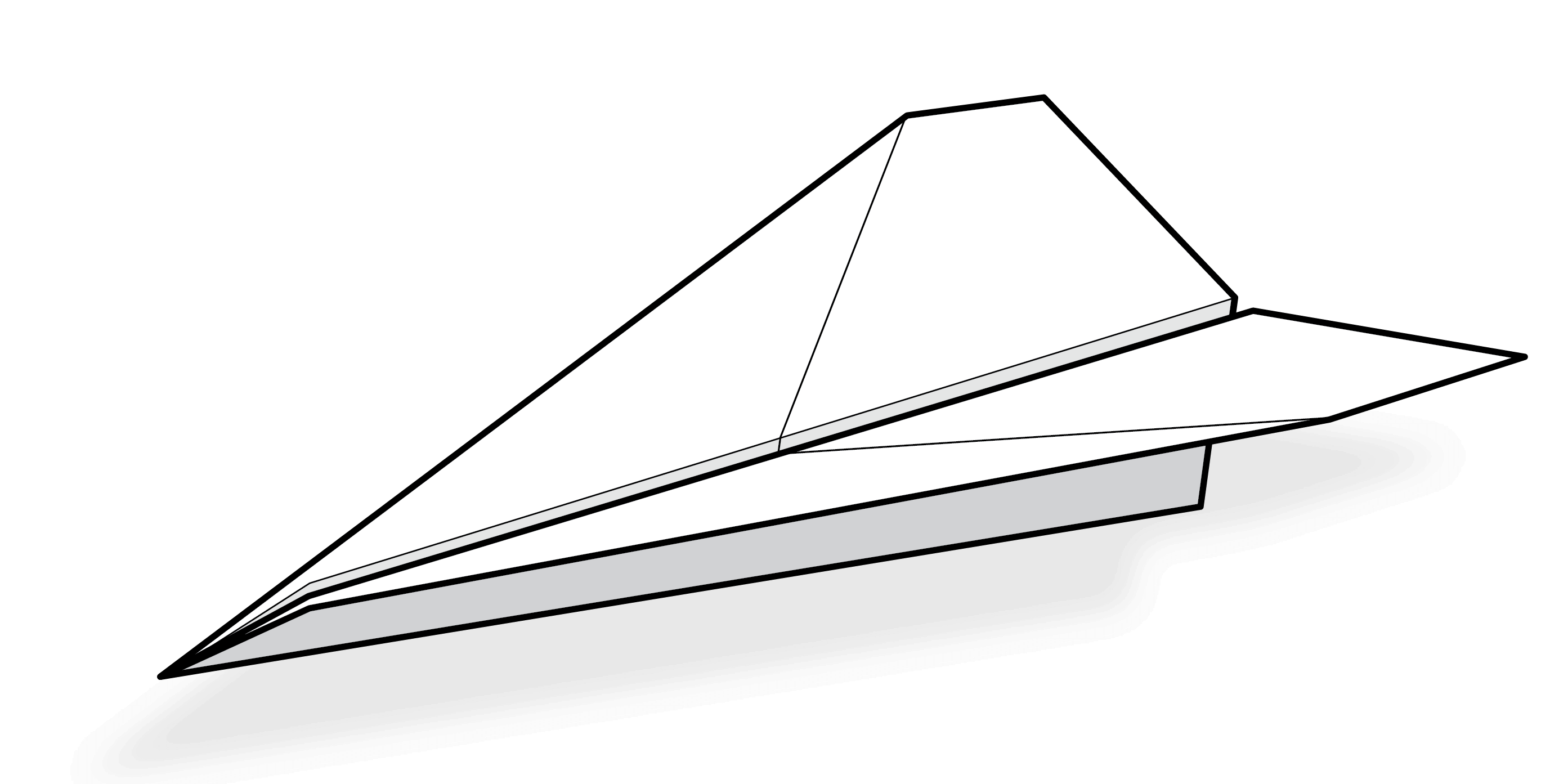
Q: How can I build a better Paper airplane?
Science education lecturer Letitia Graybill encourages her students to approach scientific problems with an artistic outlook.
As a child growing up in New York City, science education lecturer Letitia Graybill spent her summer afternoons engrossed in neighborhood paper airplane competitions. The goal? To build the fastest, farthest-traveling paper aircraft. To win, myriad considerations needed to be taken into account: speed, distance, paper weight, wingspan, throwing style. As it turns out, the winners all had something in common: Their designs were sleek, streamlined, light, and strong. One surefire way to lose a race was to rely on a chunky, squared-off design, says Graybill.
Today, educators might define those childhood competitions as STEM education at work, due to the practical application of science, technology, engineering, and math. And if you ask Graybill, STEM is a worthy approach—but it is no longer the whole story.
“We don’t want to forget about the role design can play,” she says. “STEM has always stressed the importance of math, as well as the application of technology and science research. But in recent years, we’ve been thinking more and more about engineering because we want to keep our nation competitive. And with engineering comes design.”
Enter STEAM education—STEM plus Art. “Imagine the design of a beautiful bridge,” says Graybill. “It’s about the function of the bridge, but also the beauty of it. That’s what STEAM is about.” And unlike STEM, which relies on a specific knack for the sciences, STEAM allows students with artistic talents to envision how they can put those skills to work in the engineering field.
Drawing inspiration from her childhood paper airplane competitions, Graybill designed a STEAM lesson plan, which she detailed in a chapter she contributed to the textbook, Cases on STEAM Education in Practice. (One of Graybill’s Monmouth colleagues, Professor of Science Education Judith Bazler, is co-editor of the book.) In Graybill’s lesson, students build paper airplanes, considering variables such as mass, materials, and design, to see which are the most effective. In addition to designing a plane that flies well, students must take into account what the airplane will look like: can it be attractive as well as effective?
It didn’t take long for the students to recognize design’s impact on engineering. While some students chose to draw on the paper to make it more beautiful, others who decorated with paper clips or stickers needed to take into account what the added weight would do to their flight. Some chose heavier cardstock with bright colors, and others chose simple but lightweight copy paper. “I left it to their creativity,” says Graybill. “That’s engineering—trial and error. Design and redesign. That’s what STEAM is all about: the beauty in science, and the application of science and beauty together.”
The 10-Second Bonus Question
Can you top these Guinness World Records?
Suzanne, a glider designed by John M. Collins, holds the record for distance flown: 226 feet, 10 inches. (It was thrown by Joe Ayoob, a former arena football player.) Sky King, a paper aircraft designed by Takuo Toda, holds the record for flight time. It stayed aloft an incredible 29.2 seconds.